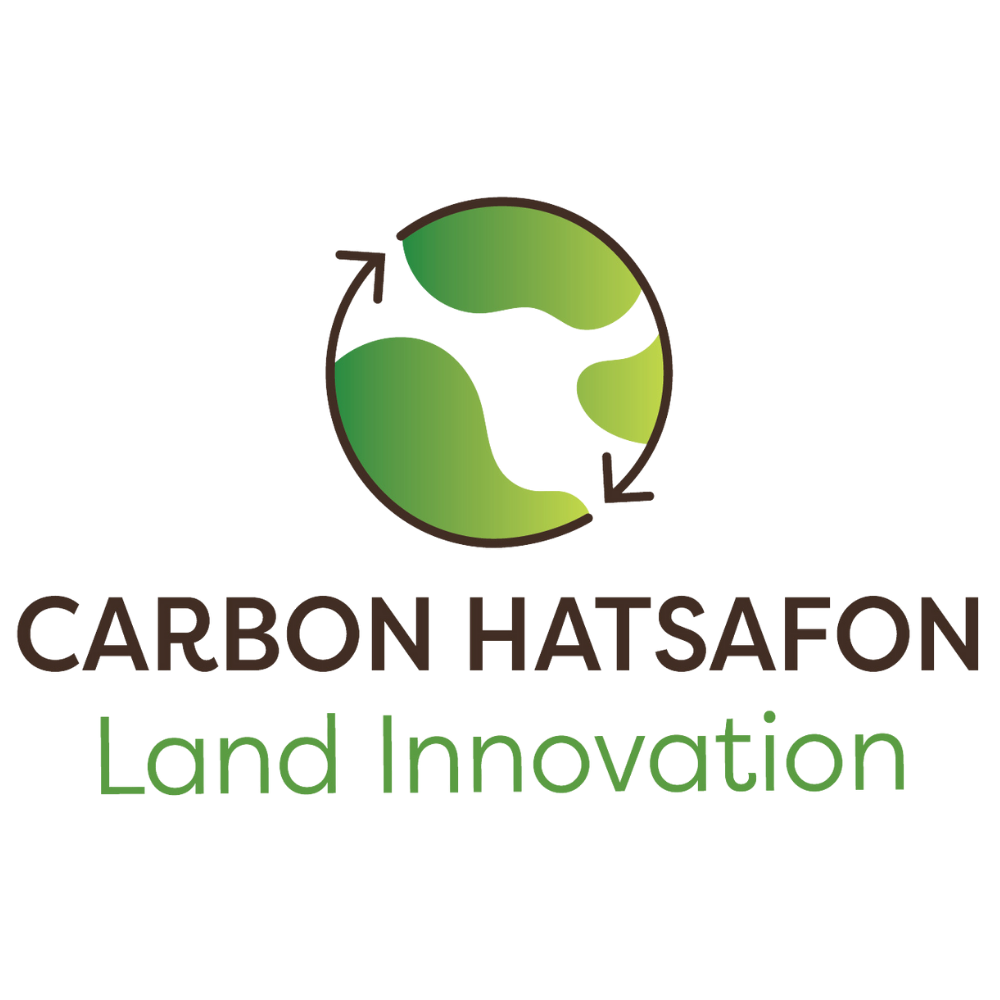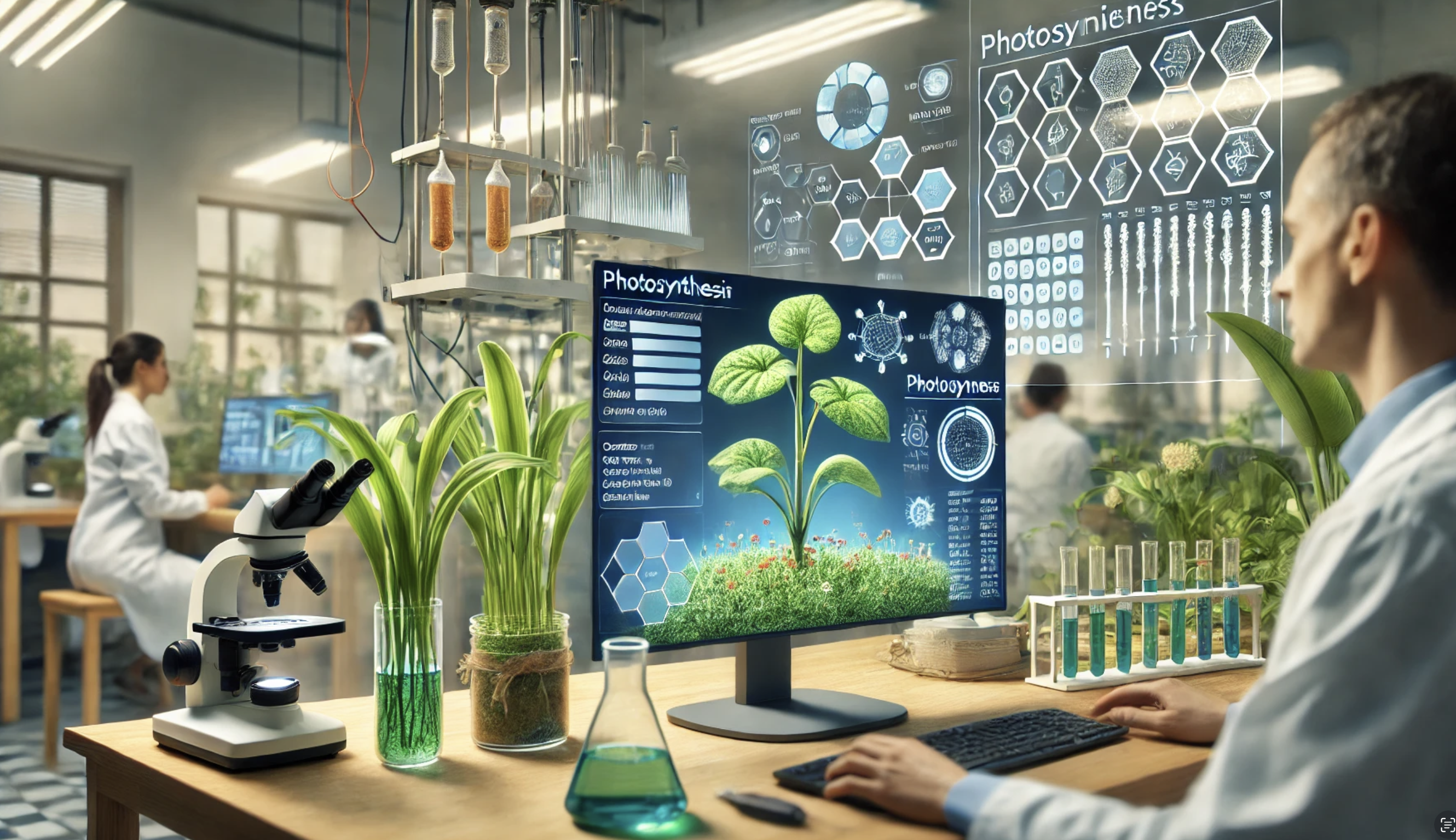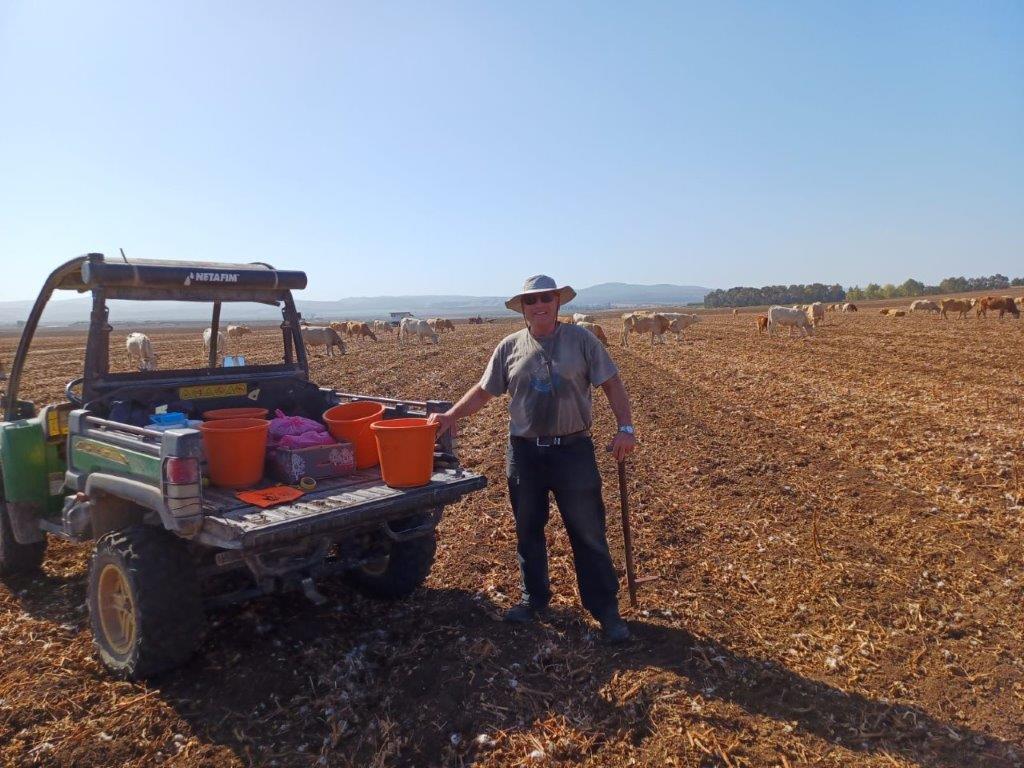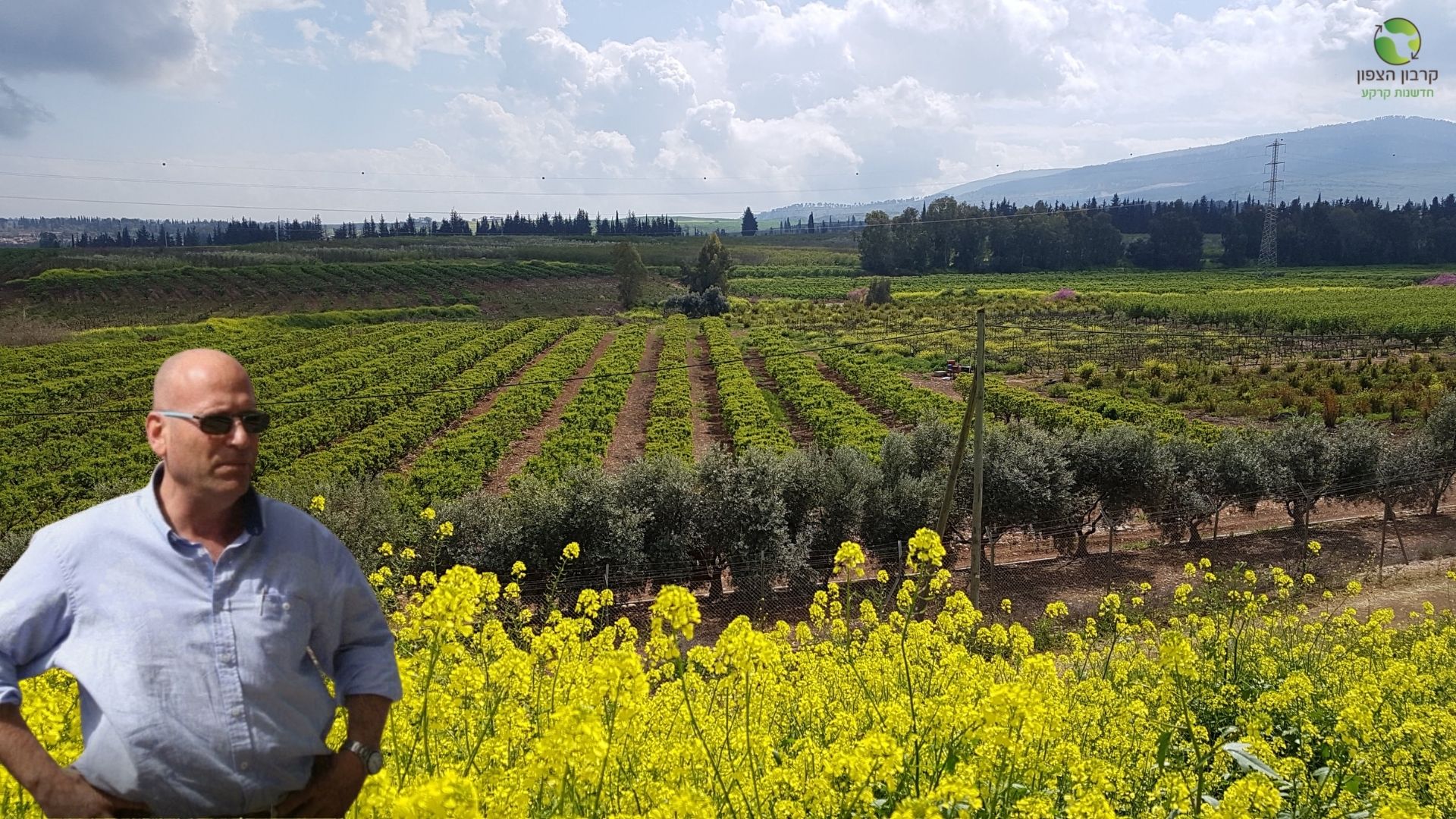To understand how to measure photosynthetic efficiency, we must first define it: the rate at which plants convert light energy into chemical energy (glucose). There is no single best method for measuring photosynthetic efficiency, as the choice depends on factors such as the purpose of the measurement, plant type, available equipment, and required accuracy. Different methods have limitations, advantages, and disadvantages.
When measuring photosynthetic efficiency, consider factors such as light intensity, temperature, CO2 levels, and the plant’s physiological state. Additionally, calibration and standardization of measurement devices are essential for obtaining accurate and reliable results.
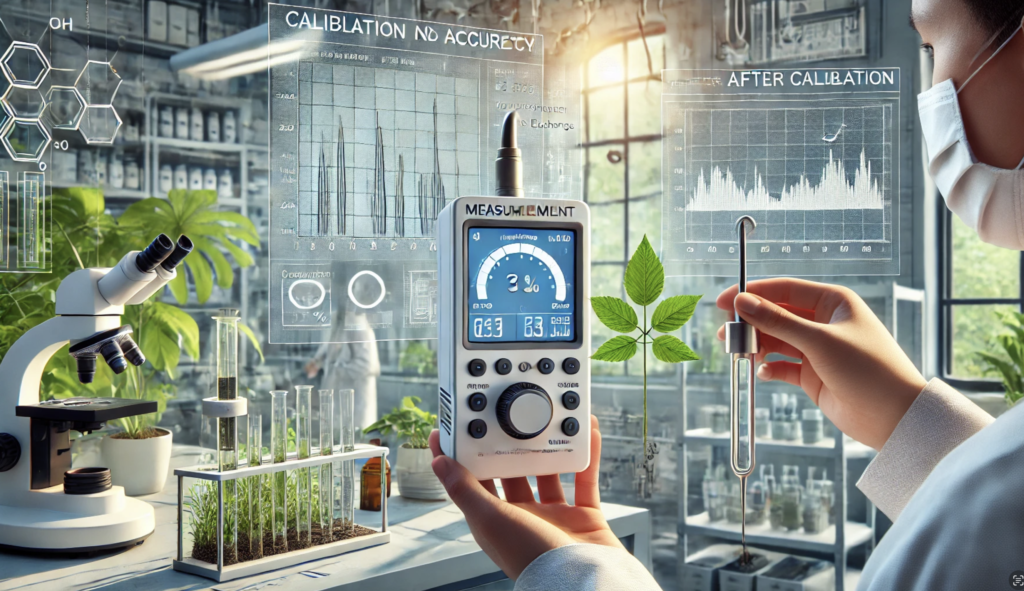
Below are several common methods, along with their advantages and disadvantages:
Chlorophyll Fluorescence
This method measures the light emitted by chlorophyll molecules during photosynthesis. Devices such as fluorometers can measure this fluorescence, providing insights into the efficiency of light absorption and utilization by the plant.
Advantages: Non-destructive, provides insights into photosynthetic efficiency under different light conditions.
Disadvantages: May require calibration and interpretation of fluorescence parameters. Does not directly measure photosynthesis rate.
Pulse-Amplitude Modulated (PAM) Fluorometry
PAM fluorometers can measure changes in chlorophyll fluorescence in response to light pulses, providing information on overall photosynthetic efficiency.
Advantages: Non-destructive, provides insights into photosynthetic efficiency under different light conditions.
Disadvantages: May require calibration and interpretation of fluorescence parameters. Does not directly measure photosynthesis rate.
Gas Exchange Measurement
Devices such as gas exchange systems (e.g., LI-COR LI-6400) can directly measure the exchange of gases (CO2 and O2) between the plant and the environment. This allows the calculation of photosynthesis rates and differences between assimilation and respiration.
Advantages: Direct measurement of gas exchange (CO2 uptake and O2 production), provides accurate and real-time data. Can be used for a variety of plant types.
Disadvantages: Expensive equipment, requires technical expertise. Some plants may be difficult to measure accurately.
Oxygen Production
Photosynthesis produces oxygen as a byproduct. By measuring the rate of oxygen production in a closed system, the rate of photosynthesis can be estimated.
Advantages: Direct measurement of oxygen production, relatively simple setup.
Disadvantages: May require specialized equipment. Limited to oxygenic photosynthetic organisms.
Carbon Dioxide Uptake
This method measures the rate of carbon dioxide uptake during photosynthesis. It is often used in conjunction with oxygen production measurements to calculate photosynthesis rates.
Advantages: Direct measurement of CO2 uptake, relatively simple.
Disadvantages: Similar to oxygen production, may require specialized equipment and is limited to specific organisms.
Biomass Accumulation
Monitoring the increase in plant biomass (e.g., weight or height) over time can indirectly indicate photosynthetic efficiency, as efficient photosynthesis leads to greater biomass production.
Advantages: Indirect measure of photosynthetic efficiency and overall plant health.
Disadvantages: Slower process, influenced by factors other than photosynthesis (e.g., nutrient availability).
Carbon Isotope Analysis
This method analyzes the ratio of stable carbon isotopes (typically carbon-13 to carbon-12) in plant tissues. It can provide insights into the efficiency of carbon fixation during photosynthesis.
Advantages: Provides insights into long-term photosynthetic efficiency and water use efficiency.
Disadvantages: Requires specialized equipment and analysis.
Remote Sensing and Spectroscopy
Remote sensing tools, such as satellite images or handheld spectrometers, can be used to assess photosynthetic efficiency on a larger scale by measuring the reflectance and absorption of light by vegetation.
Advantages: Can provide information on photosynthetic efficiency on a larger scale and over time.
Disadvantages: Requires remote sensing tools, data processing, and interpretation. Limited to canopy-level measurements (does not measure what happens below the canopy).
Photosynthesis Modeling
Computer models that simulate photosynthesis based on environmental factors and plant characteristics can help evaluate photosynthetic efficiency under different conditions.
Advantages: Provides comprehensive insights into photosynthetic efficiency under various scenarios.
Disadvantages: Requires complex modeling and accurate input data.
Leaf Area Index (LAI) and Canopy Photosynthesis
LAI measurements and gas exchange measurements at the canopy level can provide information on photosynthetic efficiency in larger plant populations.

